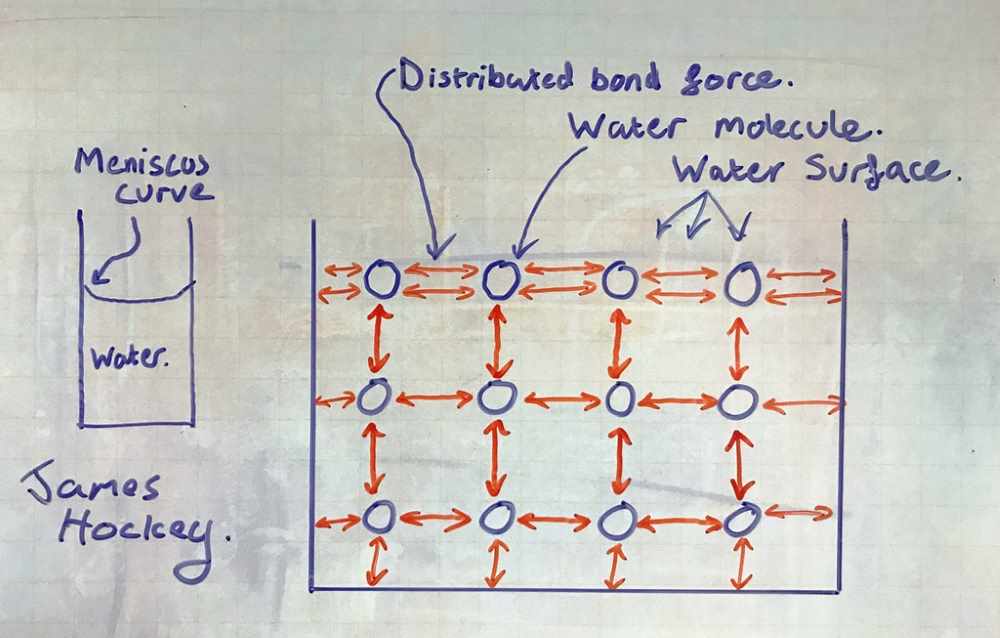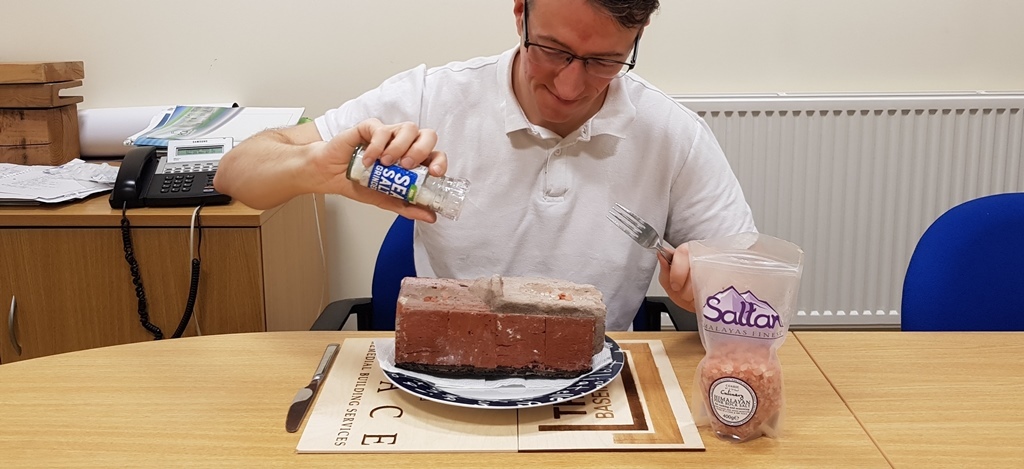Condensation and Relative Humidity
It’s that time of year… and it’s probably worth having a basic understanding of condensation and this and how it can be dealt with. Water can be solid (ice), a liquid, or a gas (vapour). Condensation is the process whereby it changes from a gas to a liquid.
We all know that warm air can hold more moisture right? Well this is true, but there are different ways in which we can consider HOW MUCH moisture there is within the air, this being: relative humidity (RH) and vapour pressure.
RH does not actually tell us how much physical moisture there is in the air. What it tells us is how much moisture is in the air RELATIVE to the total quantity of moisture that the air can hold at a given temperature.
It is expressed as a proportion, i.e. a percentage.
If we have 50% RH, that air is holding half of the total moisture that it could hold, at a particular temperature.
Relative Humidity is a proportion, not a physical quantity.
If we don’t change the amount of moisture in the air, but heat it up or cool it down, what we’re doing is influencing what the air can hold, nothing else, but as a result of this the RH proportion would change.
As simplistically as I can make it and using the example above, i.e. air with 50% RH, if we heat up the air the RH might drop to 25% (warmer air can hold more). If we cool down that air, the RH might increase to 75% (cooler air can hold less).
Remember, we’ve not changed how much moisture is in the air, we’ve just influenced how much moisture the air can hold.
The same volume of moisture in a smaller container (the air) means it is more 'full', equating to a higher % of 'fill'.
So… condensation occurs when you reach 100% RH, i.e. the air is cooled to a point whereby it cannot hold the moisture, and this condenses, i.e. changes from vapour (a gas) into its liquid state.
Why does condensation happen in certain areas?
This is why water condenses on cold surfaces, such as windows, window reveals, poorly insulated substrates etc. etc., and it is why homes need to be heated/insulated in order to prevent issues of condensation.
If you are experiencing problems with condensation speak to a waterproofing specialist who will investigate the problem.
The temperature at which you reach 100% Relative Humidity is called the ‘dew point’ temperature, and when assessing condensation one of the things to do is to work out what that (dew point) temperature is and then compare surface temperatures to it. The closer those surfaces are to dew point, the higher the risk. Don’t worry, there are easy ways to do this with the right equipment, but I’ll come back to this.
There is more to it in respect of considering the influence of vapour pressure, and how issues of condensation can be controlled other than heating and insulating, i.e. what we can do in respect of ventilation and vapour production, but RH is enough for one day and a post on vapour pressure etc.
Pictures: condensation on a concrete soffit, in tunnel linking a house to a separate swimming pool pavilion where we remedied a number of issues, also condensation forming on 'cold bridges' where dot & dab adhesive was used to fix plasterboard to all wall, providing localised patches of cooler surface temperature. This was just after skimming so high vapour levels from that skim drying down and releasing it.
.JPG)
.JPG)

.JPG)

.JPG)
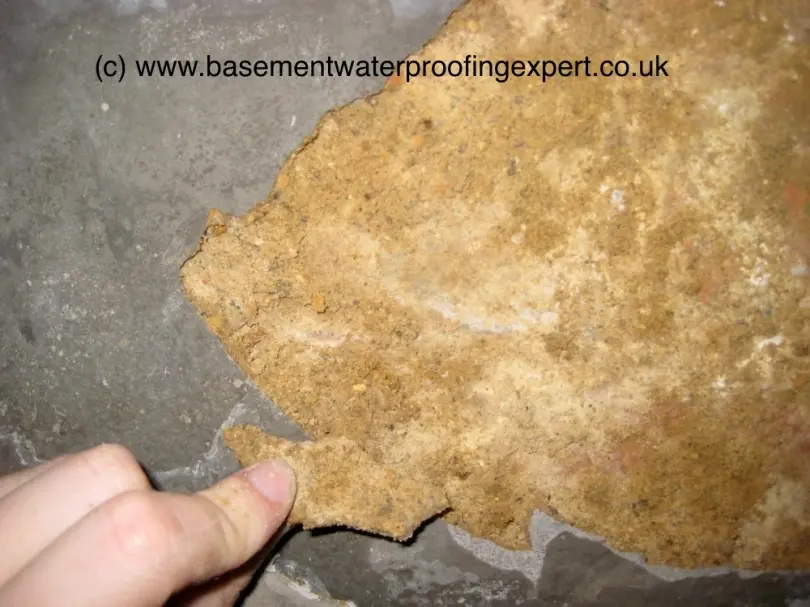
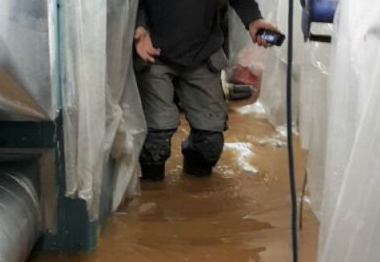
.JPG)
.jpg)

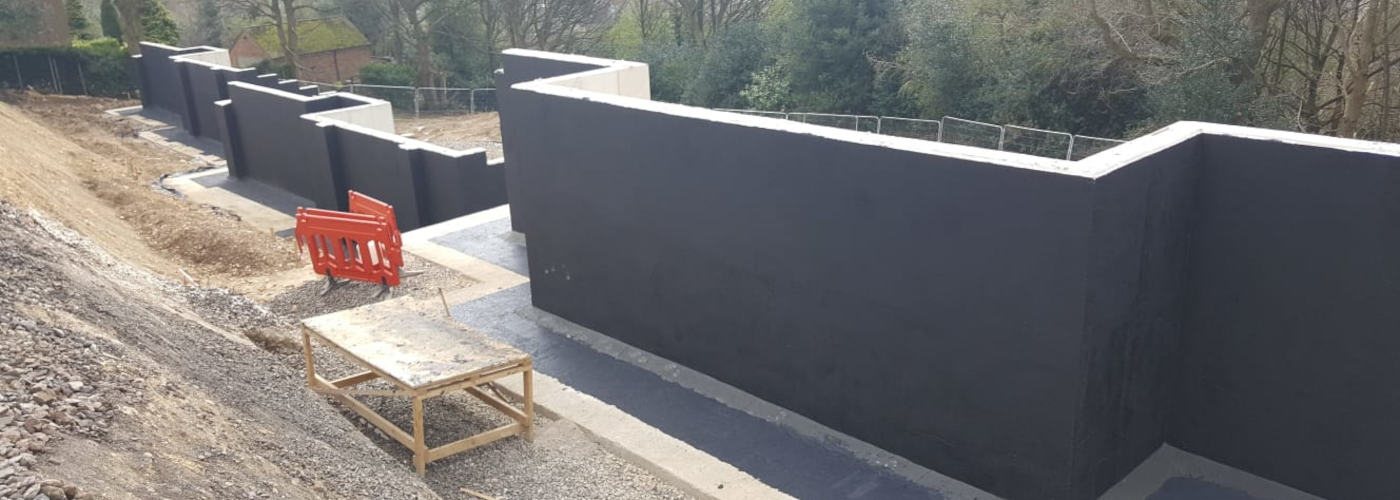


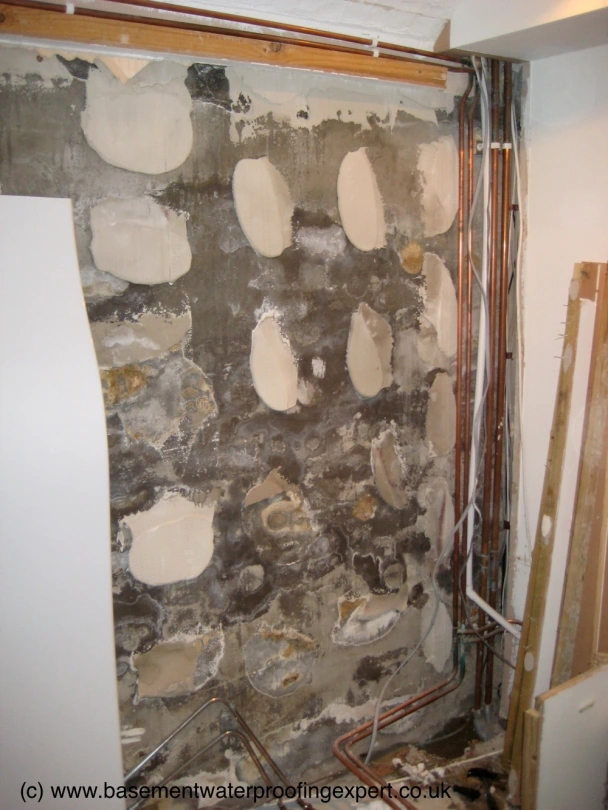
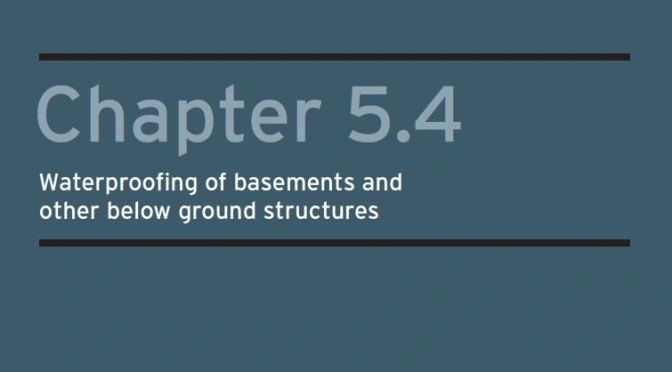
.JPG)

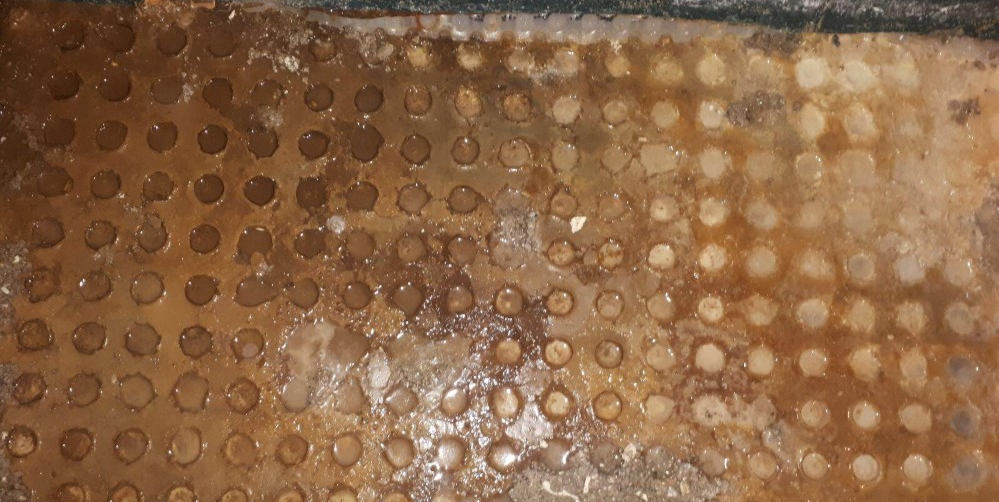
.JPG)

.jpg)
.jpg)
.jpg)

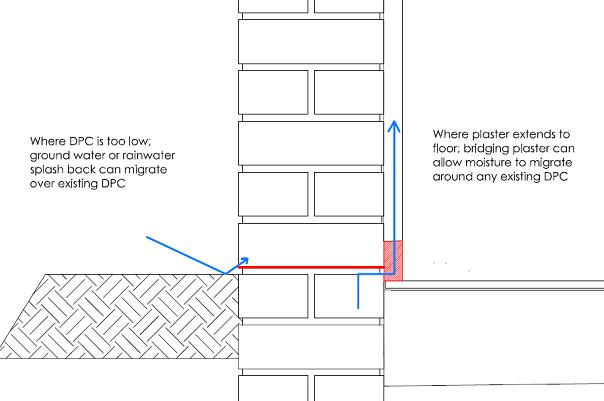
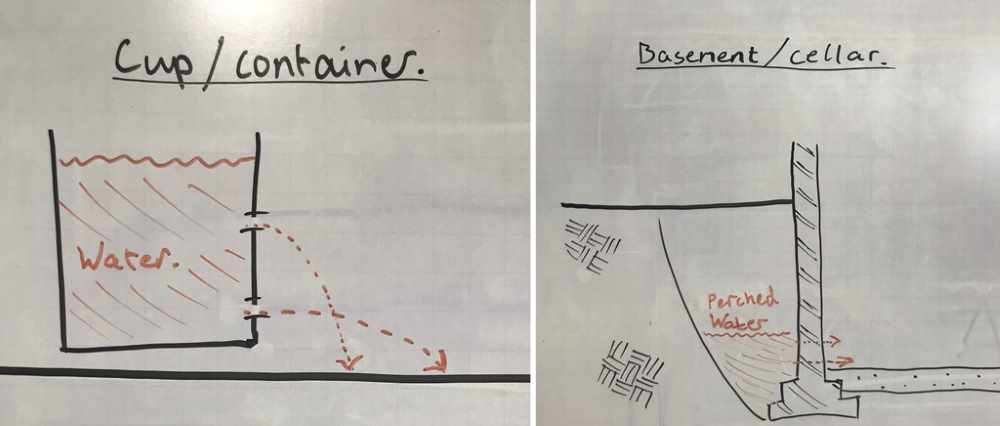
.jpg)
.jpg)
.jpg)
.jpg)


.jpg)
